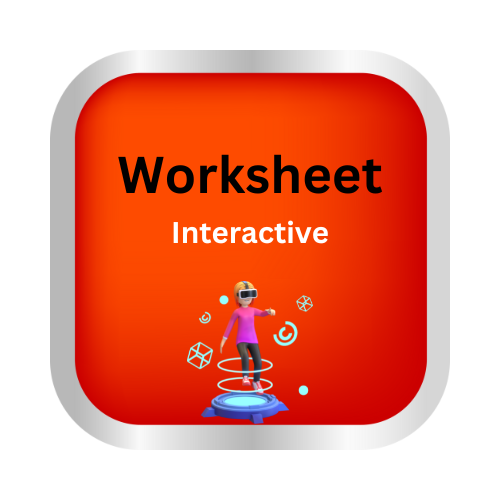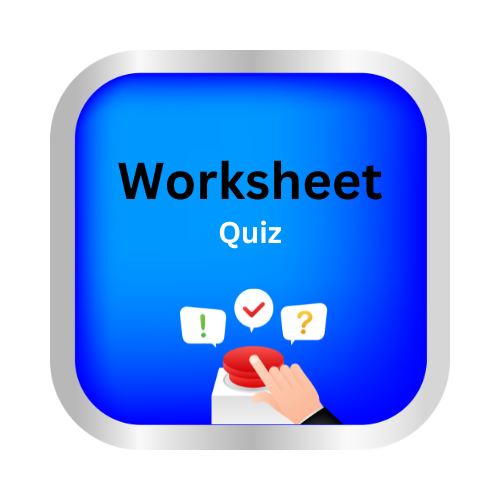Advanced technWinds, Storms And Cyclonesology has helped
Key Notes :

1. Understanding Winds, Storms, and Cyclones
- Winds are moving air, caused by the uneven heating of the Earth’s surface by the sun.
- Storms are violent weather conditions that include strong winds, rain, and lightning.
- Cyclones are powerful tropical storms with a low-pressure center, high winds, and heavy rains. They are known by different names in different regions (e.g., hurricanes, typhoons).
2. Importance of Technology in Weather Prediction
- Advanced technology has significantly improved our ability to predict winds, storms, and cyclones, helping us prepare and minimize damage.
3. Satellite Technology
- Satellites orbit the Earth and provide real-time data on weather conditions.
- They help monitor cloud formation, sea surface temperatures, and the development of cyclones.
- Satellites also track the path of storms, giving meteorologists the information needed to warn people in the affected areas.
4. Radar Systems
- Weather radar systems use radio waves to detect precipitation (rain, snow) and the movement of storms.
- They can track storm development, intensity, and movement, providing critical information on tornadoes and thunderstorms.
5. Computer Modeling
- Computer simulations model how air flows across the Earth’s surface and how storms develop.
- These models use data from satellites, radar, and weather stations to predict the strength, location, and movement of storms.
6. Drones and Unmanned Aerial Vehicles (UAVs)
- Drones are used to collect real-time data about storms and cyclones, including wind speed, pressure, and temperature, from within the storm itself.
- They can reach places that are difficult for humans or traditional instruments to access, providing valuable information on storm behavior.
7. Weather Stations
- Automated weather stations on the ground collect data on temperature, humidity, wind speed, and barometric pressure.
- This data helps track ongoing weather patterns and forecasts potential storms.
8. Impact of Technology on Disaster Management
- Early Warning Systems: Technology helps create early warning systems that alert people about approaching storms and cyclones, allowing time for evacuation and preparation.
- Predictive Models: Advanced technology enables better forecasting, reducing the risk to life and property.
- Real-time Communication: Weather apps and alerts sent through mobile phones help spread timely warnings to a large population.
9. Role of the Internet and Social Media
- Social media platforms and news apps have become essential tools for spreading real-time updates during storms and cyclones.
- People can share information, and meteorologists can issue live updates, improving public awareness and safety.
10. Future Trends
- Advancements in artificial intelligence (AI) and machine learning are expected to improve the accuracy of weather predictions even further.
- Continuous improvement in technology, like drones with better sensors and more advanced satellites, will help predict the paths of storms with greater precision.
Let’s practice!

